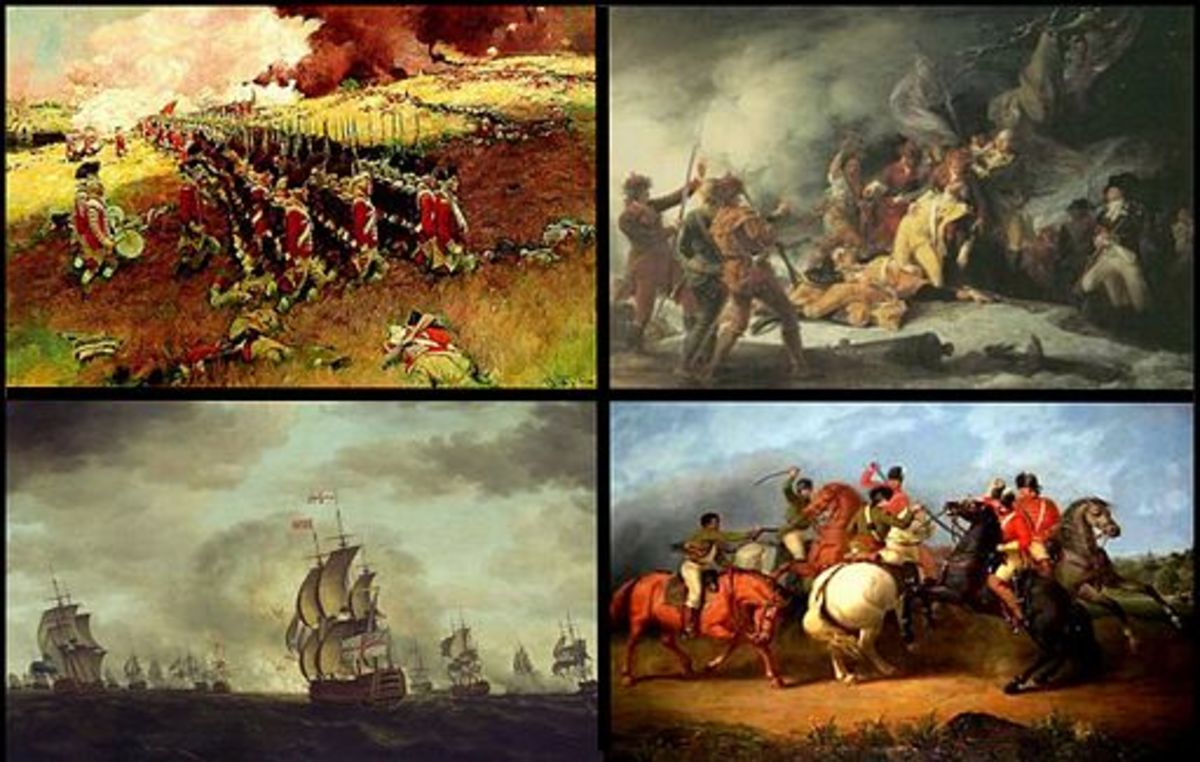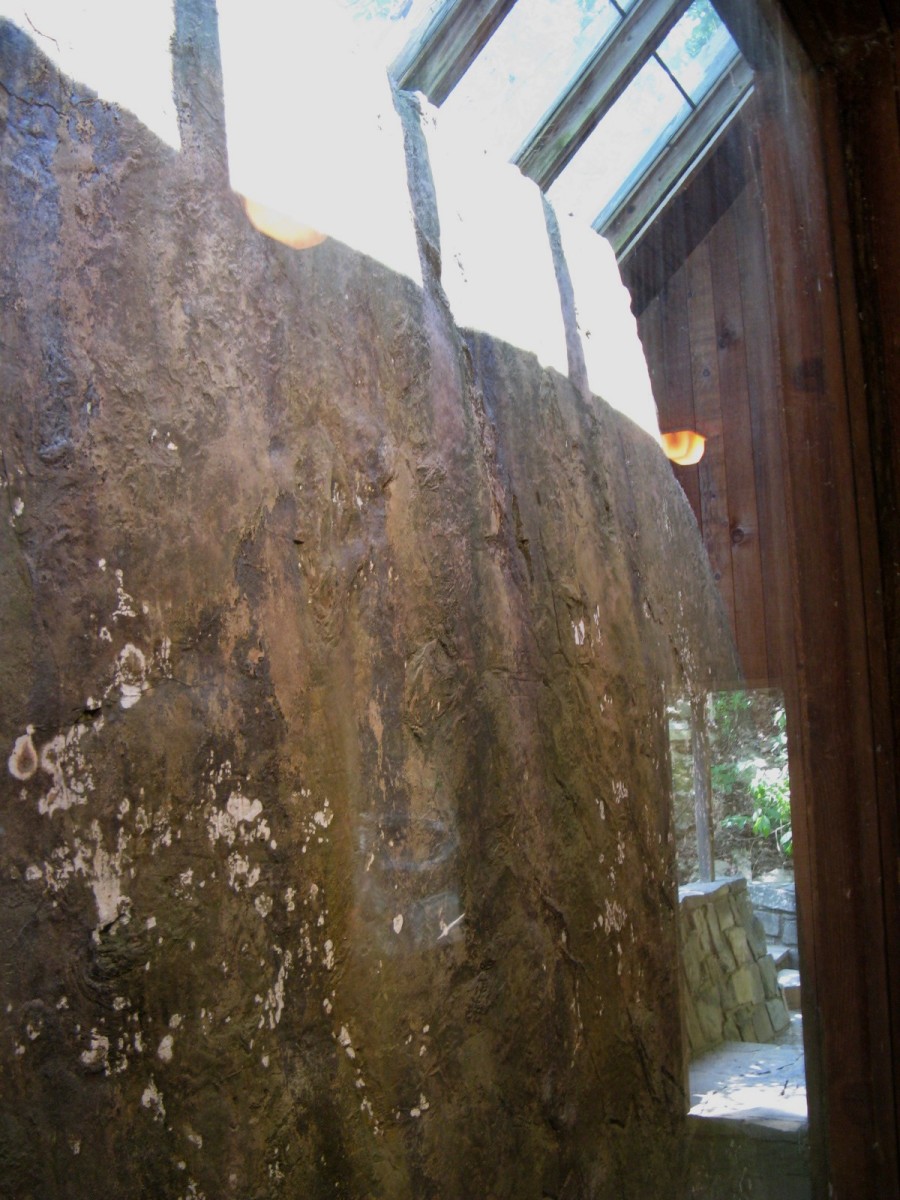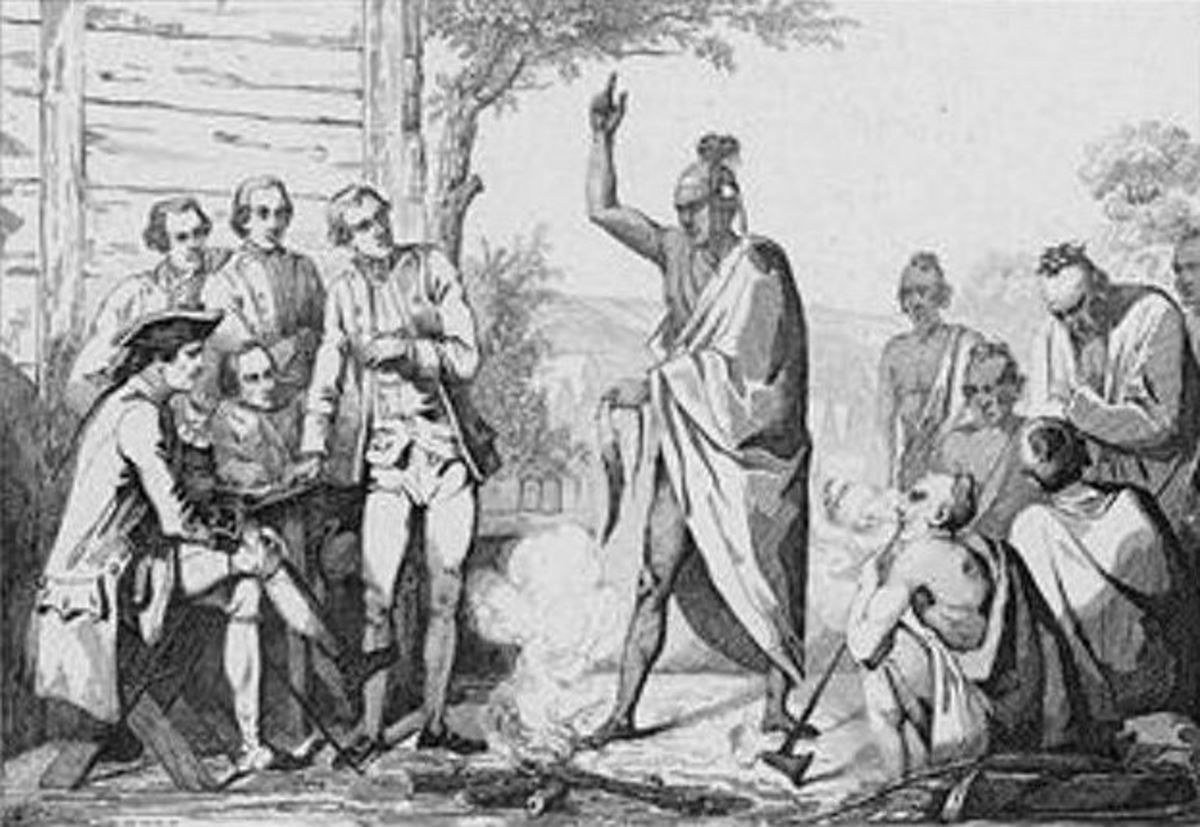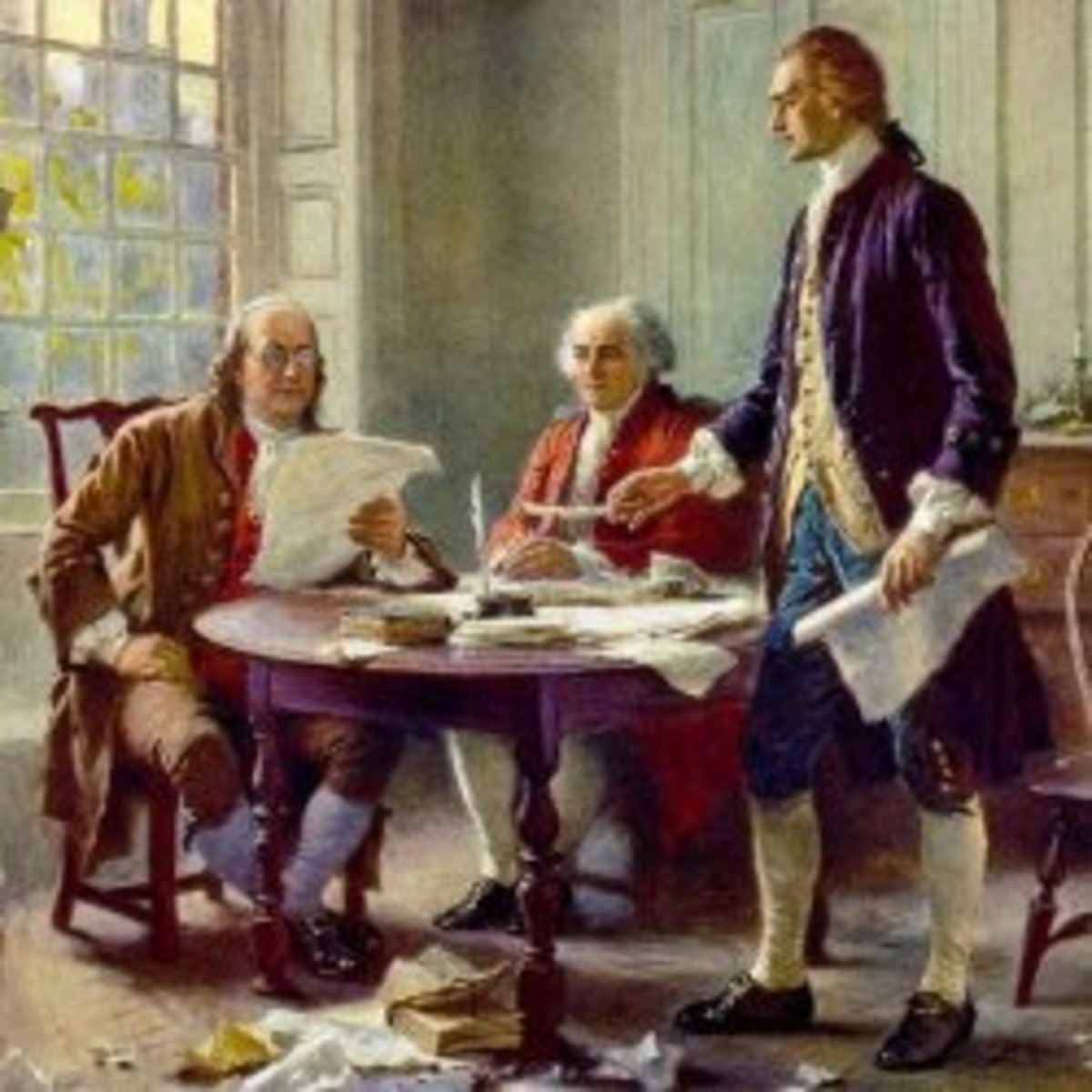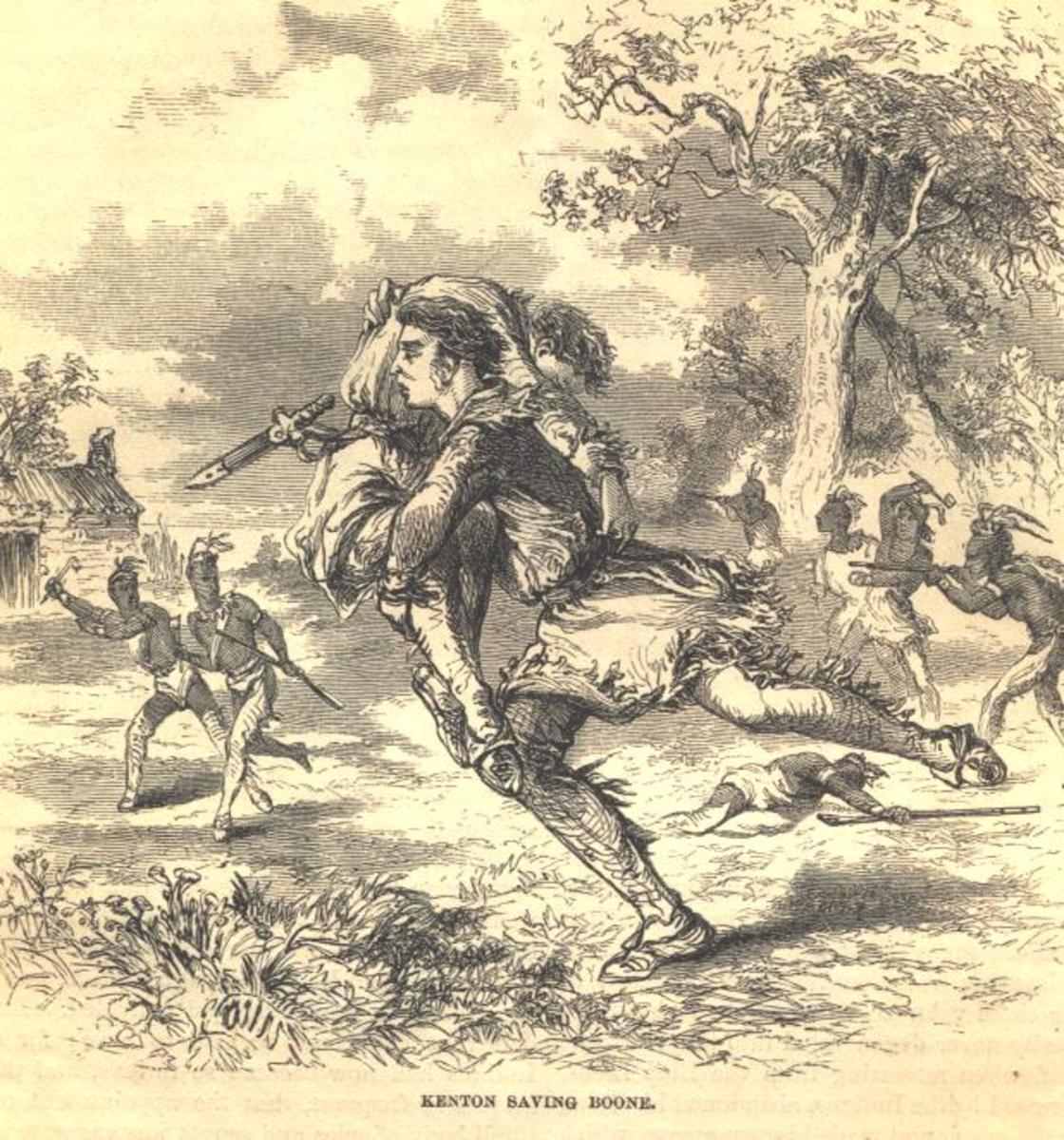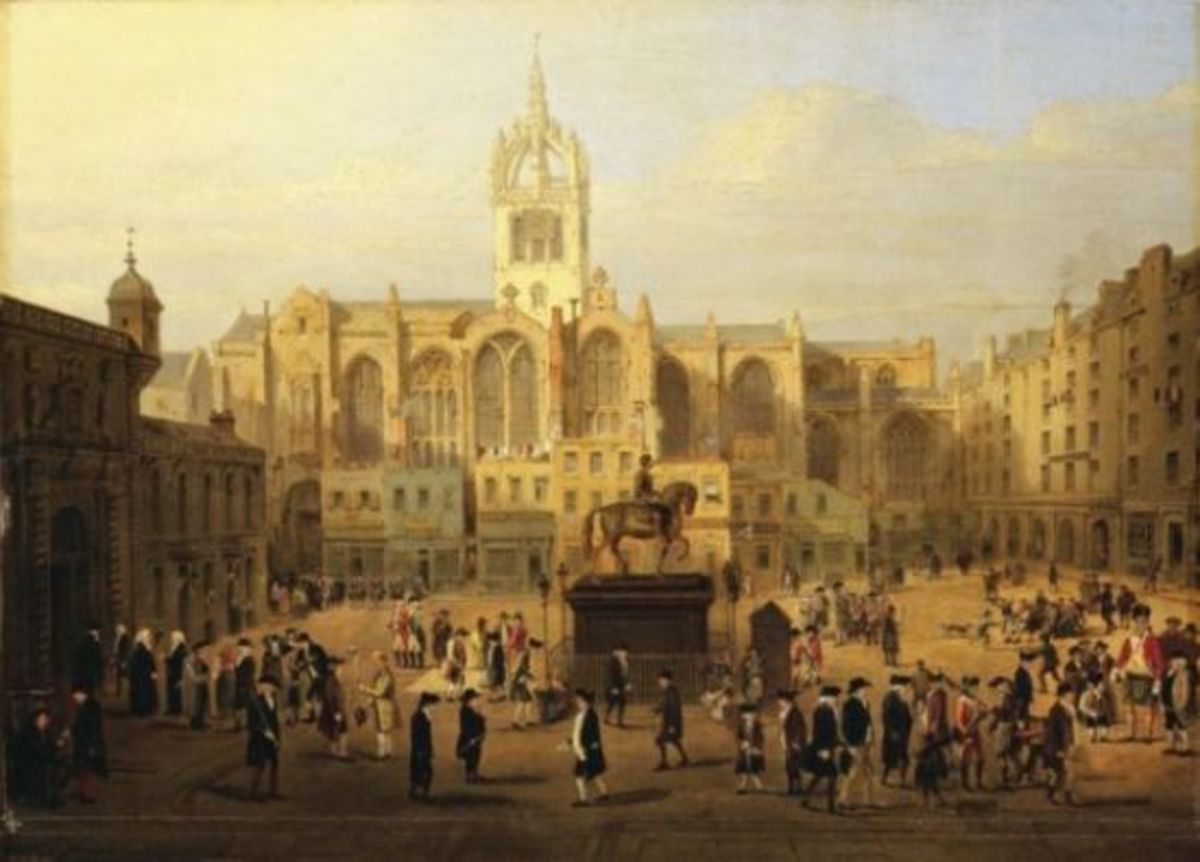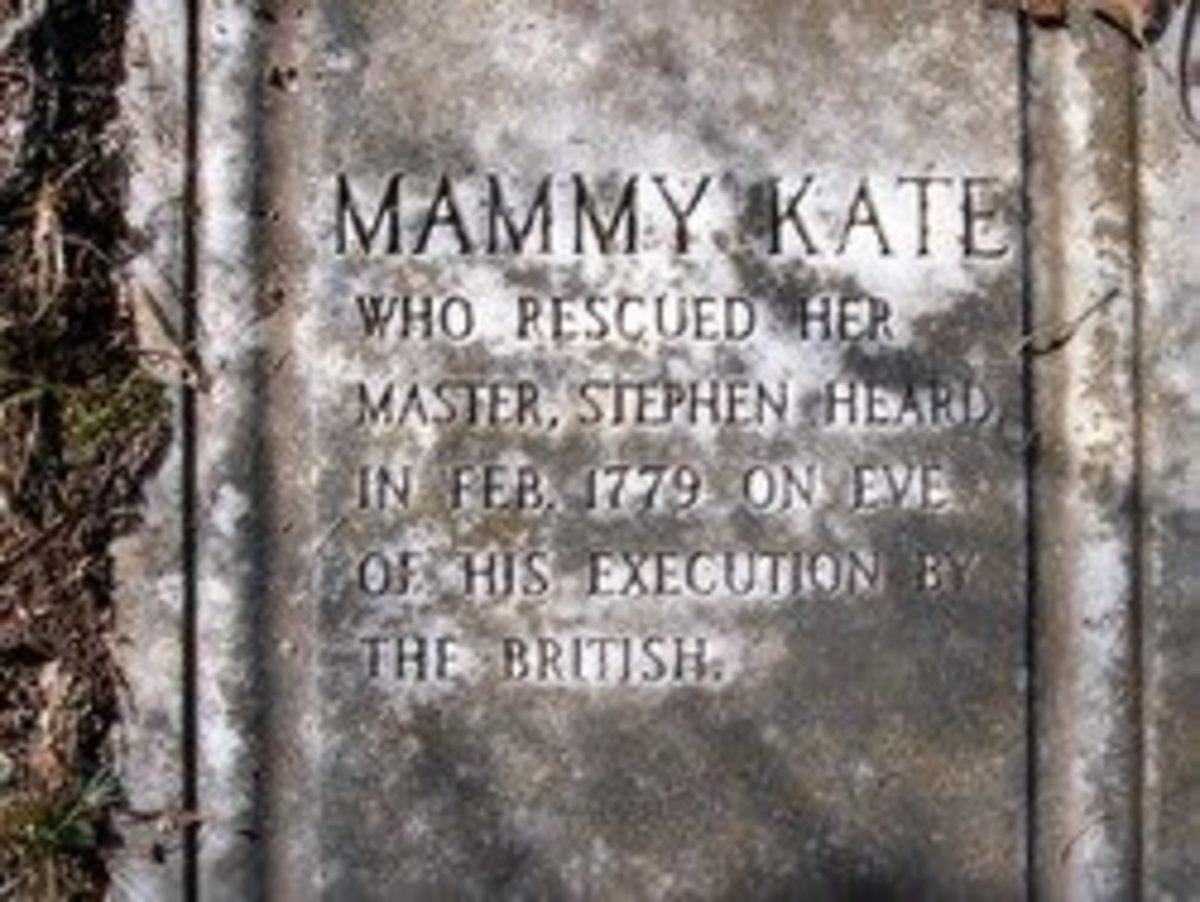- HubPages»
- Education and Science»
- History & Archaeology»
- History of the Americas»
- American History
American History: The American Revolution
The American Revolution In Images
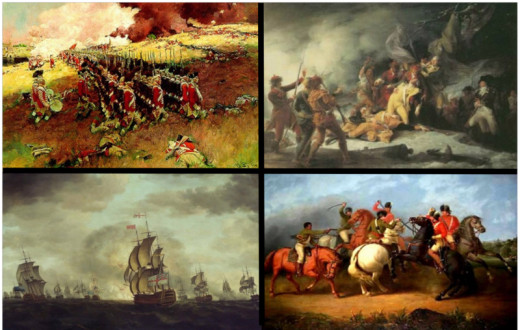
The Thirteen Colonies
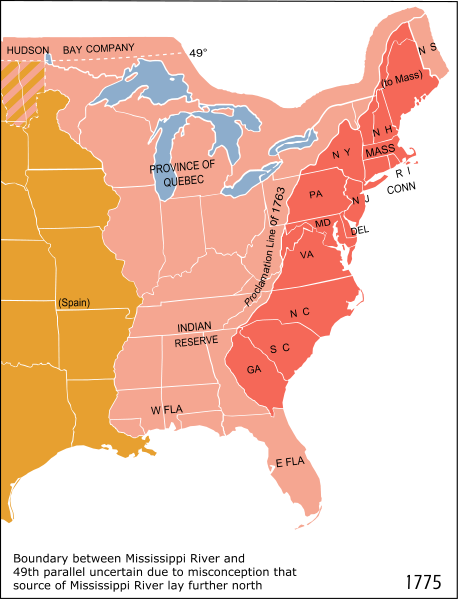
The Boston Tea Party
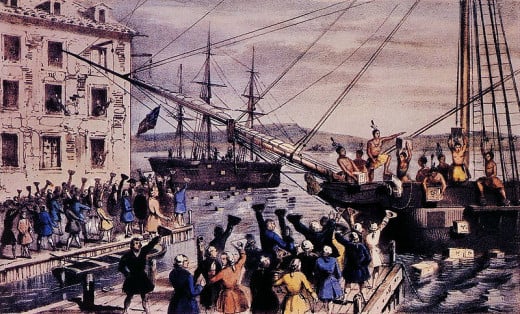
Background
The American Revolution was born out of a confrontation between the North American British colonies and the British government over taxation to finance defence and the right to run their own affairs.
It was only after the French and Indian War of 1754-63 that Britain finally decided to station a permanent army in North America. The government of course, expected the colonists to pay for their upkeep. But most colonists resented the army presence and none wanted to pay taxes imposed by the British or the customs duties to support it.
Trouble flared up in Boston, Massachusetts, where British troops killed five people in suppressing a riot in 1770. The famous ‘Boston Tea Party’ of 1773, a protest against custom duties, was a more thorough-going defiance of British authority. In 1774 Massachusetts was placed under the military rule of General Thomas Gage. The Massachusetts legislature refused to recognise his authority and the other colonies (initially except Georgia) rallied to its support, meeting in the Continental Congress. Radical ‘patriots’ began attacks on pro-British Americans, and local militias prepared to resist the British soldiers.
The American Revolution Explained
The Battle Of Bunker Hill
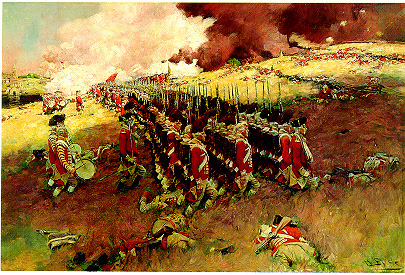
Washington
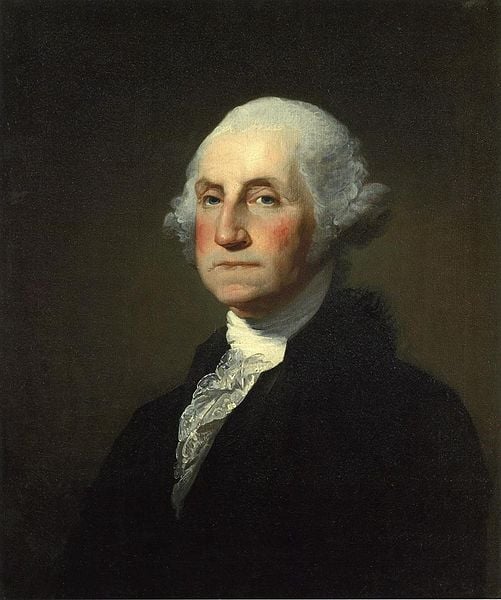
A Documentary On George Washington
The Early Stages
In 1775 General Thomas Gage had orders to suppress the rebellion in Massachusetts. In practice, his British army Redcoats only controlled Boston. On the night of the 18th-19th April almost 700 Redcoats marched out of the city to seize rebel weapons stored at the nearby town of Concord. They clashed with local militia first at the village of Lexington and then at Concord’s North Bridge. The Redcoats were forced to retreat. The rebel militia, strengthened by soldiers recruited by the American Congress besieged the British in Boston. Britain sailed 4500 troops across the Atlantic to reinforce the garrison, which sortied to attack fortified militia positions on Breed’s Hill and Bunker Hill on the 16th June. The disciplined British infantry took the rebel positions, but at heavy cost, it eventually abandoned the garrison at Boston in March 1776.
King George III’s government hoped that American loyalists would play the leading role in restoring royal authority in the colonies. They were indeed many Americans who fought for the British including black slaves who saw Britain as offering hope of freedom, but the rebels controlled the militias in most of the colonies. Despite recruiting 30,000 ‘Hessian’ German mercenaries, the British faced an insoluble manpower problem. They had insufficient forces to campaign across the broad spaces of North America and garrison areas under their control. Keeping large numbers of soldiers supplied across the Atlantic was a formidable task. Moreover, Britain needed to reconcile the colonies to its rule, yet the conflict caused a bitterness that made this almost impossible.
The American political leaders in the Congress were more conservative than revolutionaries, it was dominated by lawyers and landowners and their views on the prosecution of war were conventional. In June 1775, they voted to form a Continental Army, recruited from all the colonies, to fight a war under George Washington. This was to be a traditional European style army, which was to be disciplined and drilled into an efficient fighting machine. Washington, assisted from 1778 by his Prussian inspector-general, Baron Friedrich von Steuben, had a hard task creating and maintaining such a force. It was short of money and supplies and desertion was a common problem. Yet in the end the army fought effectively.
Highly Recommended Links
- American War of Independence (1775-1782)
A highly detailed article that follows the entire course of the war including a detailed summary of the causes. - The Marksman Who Refused to Shoot George Washington
An interesting article revealing that George Washington only cheated death thanks to the honour of a British marksmen.
Independence
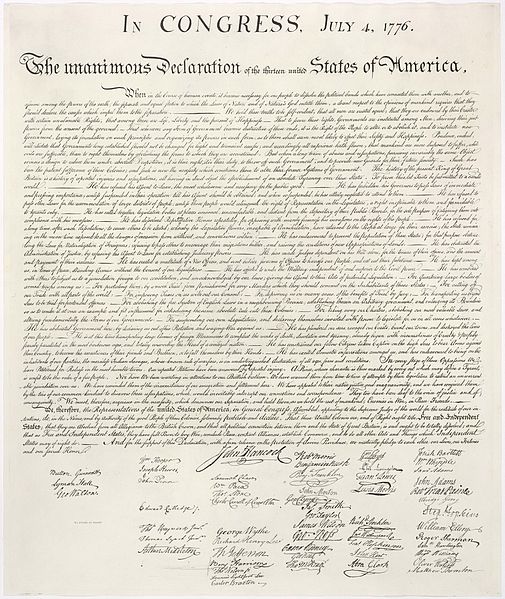
Surrender At Saratoga
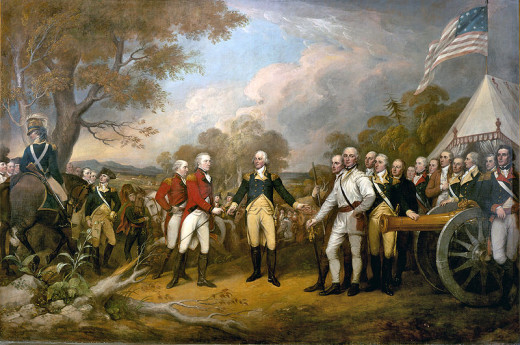
French Support
Congress took the decisive and irrevocable measure of declaring independence on the 4th July 1776; however, it was the British who went on the offensive. General William Howe seized New York after an amphibious landing and used it as a base from which to attack the rebel capital, Philadelphia, which he occupied in 1777. Meanwhile, after the repulse of an initial American attack on Canada, General John Burgoyne led a British army south from the Canadian border to the Hudson River. By October 1777, Burgoyne’s force was surrounded at Saratoga and had to surrender.
The American victory at Saratoga was the turning point of the conflict; it persuaded France that the newly founded United States was worth backing. The French allied themselves with the Americans in February 1778 and went to war with the British the following June. By 1780 Britain was also at war with the Spanish and the Dutch. For the British, the conflict in North America was less important than the wider war with these European enemies, who threatened other more valuable British interests, including the colonies in the West Indies. Consequently British strength in North America declined, while a French army under the Comte de Rochambeau arrived in July 1780 to support Washington. Still, for a long time, it was unclear how the Americans could win control of the new country they had founded.
The Final Victory
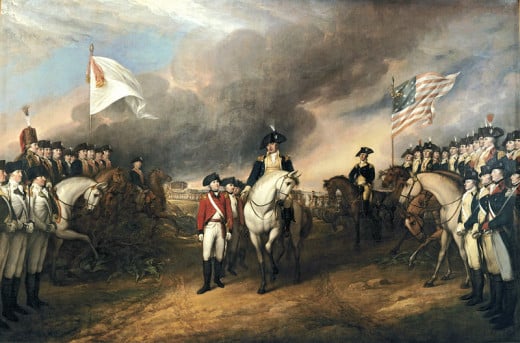
Yorktown On Film
A Famous American Revolution Film
The Rebels Fight Back
The Continental Army barely survived a gruelling winter camped at Valley Forge in 1777-78. Then the British used their naval power to spread the fighting to the south. Under their new commander in chief General Sir Henry Clinton, they seized Charleston in South Carolina and Savannah in Georgia. This triggered a vicious war in the back country of the Carolinas- a virtual civil war between rebel and loyalist militias. American rebels such as South Carolina’s militia leader, Francis Marion, and Continental Army general, Nathanael Greene, turned to guerrilla warfare, but the loyalists also practised irregular warfare ruthlessly and to good effect.
General Charles Cornwallis was the commander of British forces in the southern theatre. He scored a striking victory over General Horatio Gates at Camden in South Carolina in August 1780 but was less successful in following battles. Cornwallis decided to end his campaign and marched north through North Carolina into Virginia.
In summer 1781, Cornwallis dug in to a position on Chesapeake Bay, where he could be supplied from the sea. But British command of the sea could no longer be relied upon in the face of a French Navy reinvigorated since the seaborne disasters during the Seven Years War. While Washington and Rochambeau brought their armies south to besiege Cornwallis’ force on land, on the 5th September, Admiral de Grasse defeated a British fleet off Chesapeake Bay. Trapped, heavily outnumbered, and without hope of relief. General Cornwallis surrendered his army at Yorktown on the 19th October 1781.
More On The American Revolution
The United States Is Born
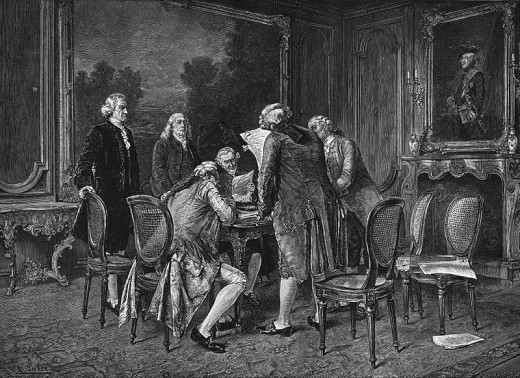
Aftermath
After the humiliation of the surrender at Yorktown, Britain gave up trying to win the war in North America, although peace was not signed for another two years. The British finally recognised the independence of the United States in the Treaty of Paris (1783). A naval victory over the French in the West Indies in 1782 limited Britain’s losses in the wider war, although Florida, held by Britain since 1763, was returned to Spanish rule.
In the United States the role of armed citizens in the initial resistance to Britain ensured that a right to bear arms would be written into the Constitution. There was a fierce dispute in the post-independence period over whether the US required a standing army, but a small permanent force was maintained. The now fully independent United States would fight Britain once more in the War of 1812.



